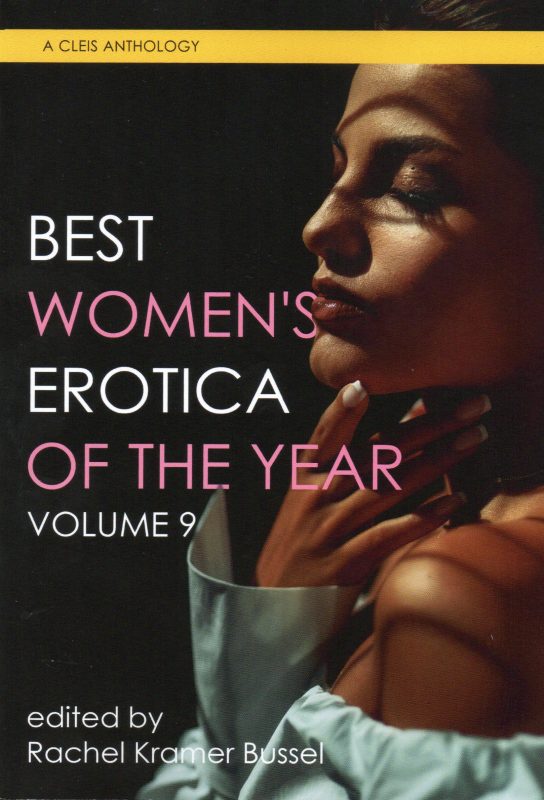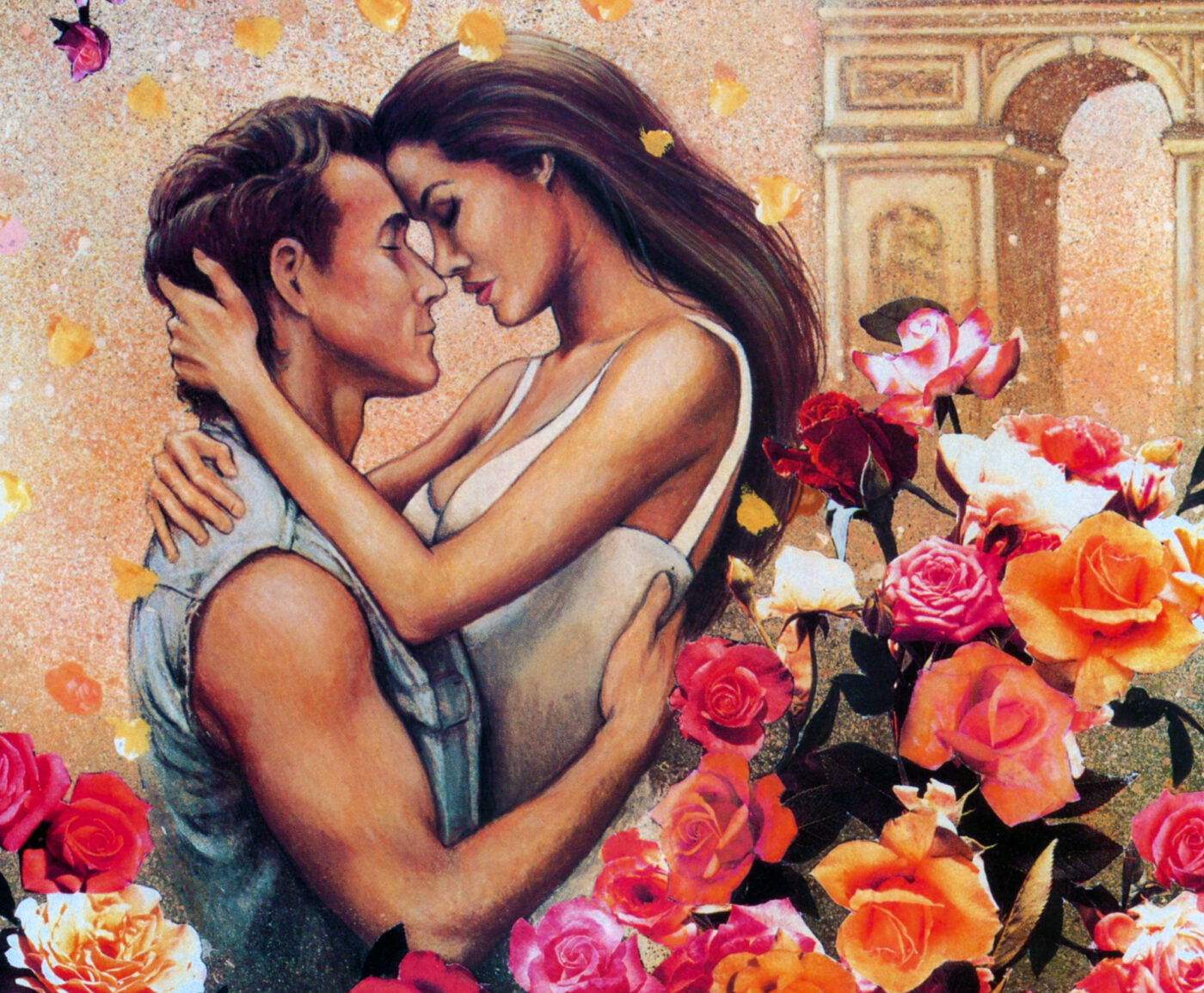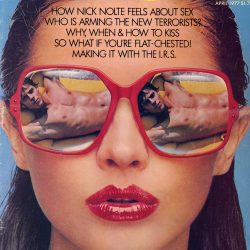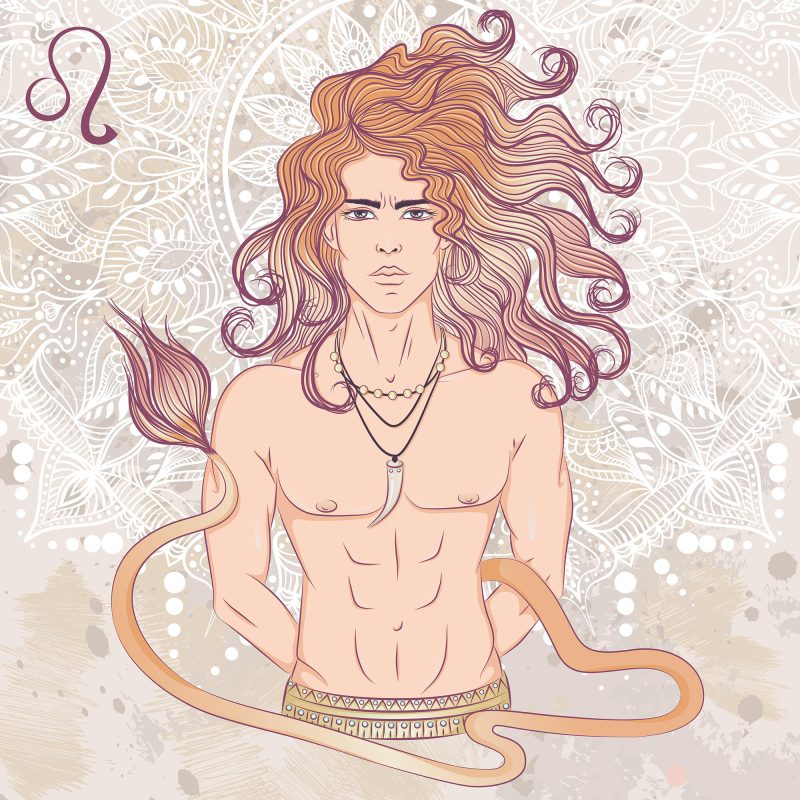In “A Pirate Always Gets What She Wants” by Lisa Wolinsky the eponymous pirate (Captain Anise) is a woman. The role reversal speaks of the very essence of women’s erotica: women desiring, rather than being the object of male desire; women seducing and being seduced, tempting and being tempted, giving and receiving, daring and holding back and giving in. Erotic fiction has been a mainstay of Playgirl Magazine since its inception. From the 80s on, readers have generously shared their adventures and their forbidden desires in the “Reader’s Fantasy Forum”: “Send us your steamiest tales,” we solicited. “Fantasy of the month will receive $100. All others published will receive $25.” Readers have been answering in droves, some even got their wildest fantasies ‘interpreted’ by our marriage/family counselor.
In the nineteen short stories of Best Women’s Erotica of the Year, Volume 9 edited by Rachel Kramer Bussel (Cleis Press, 2023), women find the pleasure they seek. The common theme is temptation, but you’ll find little in common amongst these nineteen authors: some are straight-identified, others are queer or bi-sexual. Little in common amongst the characters: not their age (the “almost sixty” Bee in “Spacemate” by Louise Kane and the seventy-three year old cowboy of “On the Town” by Melissa Lurex), not their sexual orientation, their gender (the nonbinary professor of “A Dangerous Place” by Sienna Merit), their adventures (from the solo play in “Meditation for Stress” by Del Bartlette to the bi-sexual threesome of “Cariadon” by Monique Fisher).
No doubt there’s a myriad of ways we can be -and are- ‘tempted.’ A myriad of desires to explore, fetishes and kinks to pursue, taboos to break. “Whether they’re in outer space, a library, a bar or much closer to home,” Kramer Bussel writes, “these lusty characters find that the acts of tempting and being tempted offer them pathways to unlock their deepest fantasies.” We’ll pick two of the nineteen stories to illustrate two (opposite?) raison d’etre of women’s erotica. In “The Juice on Her Chin,” Ruby Barrett comments on a painting with Eve, Adam and the serpent in the Garden of Eden: “They love to depict Eve as ignorant, unknowing in her sin or as a collaborator to evil (…) To me, in this painting, Eve no longer cares if she was an unwitting accomplice or a willing participant. Here, she is enlightened. She is a missionary of self-indulgence, pleasure and joy (…) She’s no longer to blame for someone else’s sin. She has ascended beyond the judgement of man.” There you have it: the ‘political’ core of women’s erotic literature and the very reason why Playgirl couldn’t be, won’t be without it. At the same time, erotic fiction is also about escapism: “I’ve come here because I want to escape my brain, my persona and simply feel,” writes Tara Parker in “No Resistance.” And so have generations of playgirls.

‘Best Women’s Erotica of the Year: Volume 9’ edited by Rachel Kramer Bussel.






